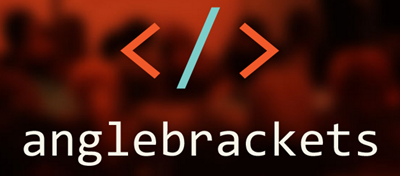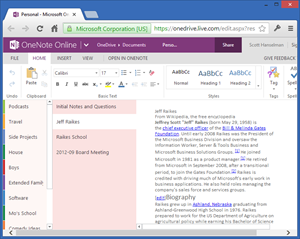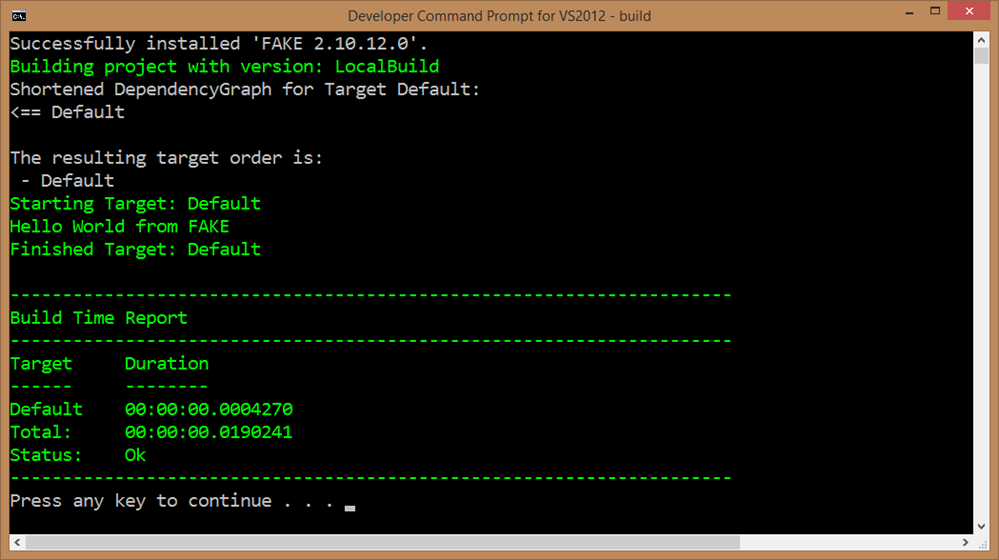Changes in the Microsoft MVP Program - MVPs for Open Source Contributions
 Before I went to work for Microsoft a few years back, I was given the "MVP" award for ASP.NET. I didn't go out and seek this award, it just happened. The MVP awards are backward-looking in that they look at the work that you've done in the previous year, not what you're going to do.
Before I went to work for Microsoft a few years back, I was given the "MVP" award for ASP.NET. I didn't go out and seek this award, it just happened. The MVP awards are backward-looking in that they look at the work that you've done in the previous year, not what you're going to do.
The idea behind these awards has been to give some recognition to folks that have volunteered their time to write books, create documentation, run user groups, and generally spread the word as advocates for the development platform.
However, it's long been my opinion that these awards are too narrow in scope. It's great that you're blogging or speaking on a developer topic, but what if you don't speak at all and instead put that energy into a great .NET open source framework? Fortunately others within the big house share my thinking and we're changing the MVP program to actively recognize open source.
Here's a quote directly from an internal email/memo. It's got a little corporate-speak, but it's rather frank and to the point. What you need to know is that this email was sent to all of the Microsoft subsidiaries (the "field") to make sure they are on track and get what we're trying to do here. I've bolded and trimmed it a little but you get the idea:
Currently there is a class of developer influencers whose contributions are not yet fully recognized by the Microsoft MVP Program. These influencers run, manage, or commit to large and highly influential open source projects. However since they do not participate in what is considered as more traditional ways such as speech engagement, books, online forums or user groups, they are not usually considered as potential MVPs. Often these developers have technical community followings but may not necessarily be "on message.". As a result, there is a belief amongst some influencers that Microsoft does not support Open Source software.
As we move forward, we will change the MVP guidelines to recognize open source activities with the same weight as other community activities. We need to send a clear message that a healthy .NET ecosystem, including open source impact, is good for all stakeholders. It is time for the MVP Award to recognize open source activities to promote further growth and support of the technical communities.
When I started pushing this idea, I thought we'd make a new "Open Source MVP." I pushed that for a while but realized quickly that it would create an island of OSS MVPs, and no one group would claim them. Better to push OSS throughout the whole program so everyone shares a home. Instead, we changed the idea and designed that Open Source contributions should be as valuable (or more so) as any other contribution, and you could become an MVP solely based on open source and nothing else.
If you make the next great "Foo Framework for ASP.NET" then you'd be an ASP.NET MVP and get the benefits of any other MVP, including an MSDN subscription that you could use to support your project. There's no expectation to speak or blog or do anything other than be awesome and keep working on your project.
Here it is in corporate speak (from that memo):
Today we already include open source activities in our review process as part of a MVP’s contributions. The shift now is that a candidate can be reviewed and awarded solely on contributions in open source projects, if the contributions are significant, without having other activities such as speeches, online forum supports, books, blogs, etc.
We'll be looking at open source for the next MVP "cycle." We can't bring in every little project, as much as I'd like to, but if you've got a successful and growing project, or if you know someone who is doing amazing stuff in open source, make sure that your local Microsoft community person nominates them!
* Image by "tetue" and used under Creative Commons
Related Links
Sponsor: Big thanks to Red Gate for sponsoring the blog feed this week. Check out the Free Starter Edition of their release management tool! Deploy your SQL Server databases, .NET apps and services in a single, repeatable process with Red Gate’s Deployment Manager. Get started now with the free Starter Edition.
About Scott
Scott Hanselman is a former professor, former Chief Architect in finance, now speaker, consultant, father, diabetic, and Microsoft employee. He is a failed stand-up comic, a cornrower, and a book author.
About Newsletter

 Back in 2007 I did a post called
Back in 2007 I did a post called 

